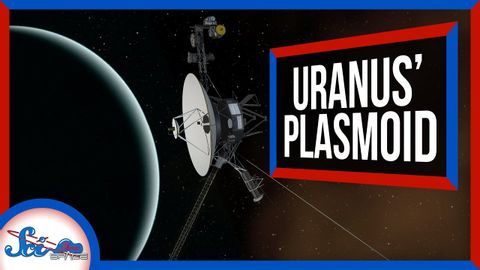ボイジャーの古いデータに天王星の新たな秘密が発見された|SciShow News (Old Voyager Data Has New Secrets About Uranus | SciShow News)
林宜悉 が 2021 年 01 月 14 日 に投稿  この条件に一致する単語はありません
この条件に一致する単語はありませんUS /ˈɛpɪˌsod/
・
UK /'epɪsəʊd/
US /ˈprɑsˌɛs, ˈproˌsɛs/
・
UK /prə'ses/
- v.t.(コンピュータの)データを処理する;処理する;処理する;一連の工程を経る;加工する : 加工処理する;理解する
- n. (c./u.)手続き;一連の行為;方法;訴訟手続き;プロセス (コンピューター)
US /ˈrek.əɡ.naɪz/
・
UK /ˈrek.əɡ.naɪz/
- v.t.(~が本当であると)認める : 受け入れる;(重要性を)認める;法的権威を尊重する;公にその人の貢献を称賛する;認識する、認知する
- v.i.(ある方向へ)徐々に進む : 向かう
- v.t.世話をする : 面倒を見る
- v.t./i.~する傾向がある
エネルギーを使用
すべての単語を解除
発音・解説・フィルター機能を解除

